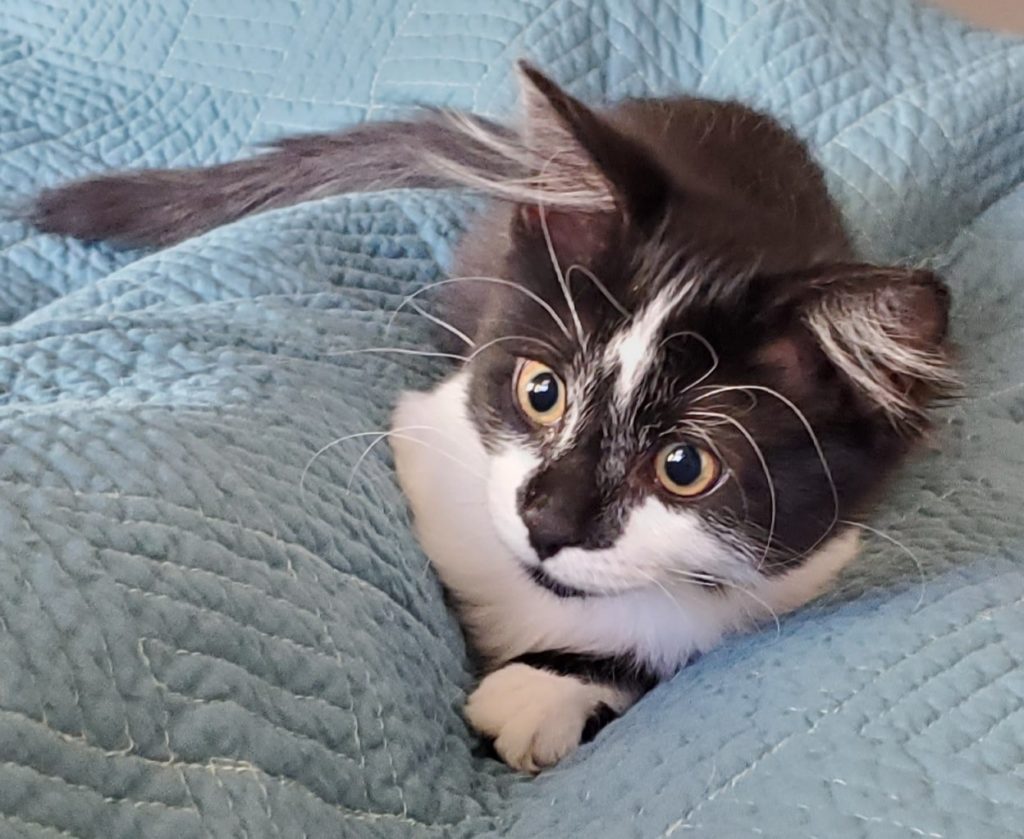
The “Big Picture” revision we discussed last post may take a lot of rearranging, addition/deletion and much thought. Whole chapters may need to be lopped off. But let’s say you’ve done it. Now what?
Writing Tip for Today: What are some ideas for “next step” revision?
Storyboarding
As you see your novel’s Big Picture more clearly, a storyboard of some type becomes helpful. You can use an Excel spreadsheet, Scrivener or a board with sticky notes. The objective is to be able to see your story as a whole, with important plot points marching toward a climax/resolution.
Whatever form you prefer, don’t skip this step. As you drafted your novel, you were seeing the trees of each chapter/scene, but the forest isn’t as visible. Storyboarding—even a list of scenes is helpful—enables you to step back and see how the story develops.
Are there repetitive scenes or scenes which are tangents with no payoff? Do the subplots rise and submerge in a logical pattern? Is your protagonist the main driver of the action? With a storyboard, these elements can be identified at a glance, and corrected as needed.
Evaluate Scenes
If your storyboard passes muster, you can move on to evaluating your scenes. Where do each scene begin? Remember in media res, starting as the action begins, is usually the best option. Too much set-up (descriptions, explanations or other warm-ups) bogs down a scene. Jump into the purpose of each scene as quickly as possible.
What about transitions? At the opening of a scene, readers must know three important things: Where they are, when they are and who is narrating. Keep these transitions (especially when changing POV or location) as close to the opening words of your scene as possible. If you don’t open with this information, readers will be confused. Reader confusion usually equals reader not reading anymore.
Finally, evaluate the ratio of narration to action/dialogue. Try to balance these qualities in every scene. If there is too much narration/description/explanation, a scene will feel slow or stagnant. Go too heavy on action/dialogue and a scene may seem shallow. Look for ways to show rising action as each scene moves closer to the climax.
Polish Chapter One
You never get a second chance to make a first impression, the saying goes. Readers decide if they will keep reading based on your opening, so of course you want it to shine. But many writers make the mistake of reworking Chapter One before they’ve done the Big Picture and Scene revisions.
Leave Chapter One rewrites until after you’ve altered the story stakes, characterization and scenic elements. When you revise Chapter One, you will understand your story in a way you couldn’t have when you drafted the opening. Now you have a depth of knowledge about your protagonist that you didn’t when you started.

Leave Chapter One rewrites for last.
Great novels usually contain a hint of the whole story on the first page. Readers won’t recognize this hint until much later, but novels with this kind of precursor hint appeal to readers’ sense of completion and satisfaction. As the author, you give your story a subconscious attraction by alluding to the story on that first page. Rewriting Chapter One after all the other structural work gives you insight you probably didn’t have before. Your story will be better by revising Chapter One last.
What’s the hardest part of revising for you?





